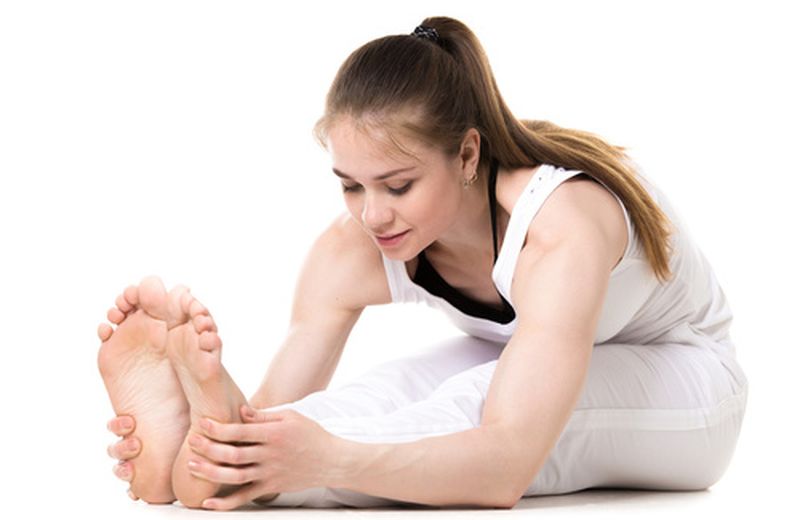Sciatica: symptoms and how to treat it
When the pain covers the lumbar area of the back – on one side or both – and extends to the lower limbs in the posterior muscular area, it can be sciatica. What remedies and how to prevent it?

Let’s see together what it is when we talk about sciatica and what can be the most suitable remedies to treat the symptoms and prevent pain, from precautions before and after sport to natural remedies
What is sciatica: causes and symptoms
In summary, sciatica is nothing more than an inflammation of the sciatic nerve ; there is also talk of low back sciatica or sciatica.
The nerve becomes inflamed when there is crushing of the vertebral discs or contractures in the paravertebral muscles; also the so-called piriformis muscle syndrome can be identified among the causes of sciatica as it is a muscle crossed by the sciatic nerve.
Usually the inflammation is due to an incorrect posture that you are not aware of and which is protracted over time or to a prolonged standing position that is beyond sustainable.
The absence of physical activity and giving in to a sedentary lifestyle can in the long run generate discomfort in the lumbar area and lower limbs.
Pregnant women , loading the back with the front weight, can experience sciatica if the paravertebral muscles are weak.
Usually the pain is persistent and never subsided and negligible: especially in acute moments, it becomes unbearable, whether in the back, hip or leg (especially if the compression also affects the nerve ganglia at the level of the spine that innervate the lower limbs); sometimes it becomes very intense and is accompanied by tingling , numbness , burning sensation, constrained or slowed movements, however not fluid.
How to cure sciatica
How to relieve the muscular area of the posterolateral axis which is the one affected by the passage of the sciatic nerve?
First of all you have to go and review certain habits starting from the postural ones: often you are on one leg without realizing it or you always cross your lower limbs in the same way. This creates a lot of stiffening in the long run and can trigger inflammation.
If, on the other hand, the pain is due to wear and too much effort , it is better to rest: re-establishing the sleep-wake rhythm is the most suitable for soothing internal inflammation.
Also pay attention to eating habits: many foods weigh down internal organs and the acute phase of suffering could be triggered in the form of referred visceral pain , as we know from understandings and advances in the osteopathic field how much internal organs are connected to joints and states humoral. In some cases, massages can help but always better put yourself in the hands of professional therapists.
If the inflammation persists it is useless and pejorative to move it further with little conscious kneading. A very useful piece of advice is to re-examine all footwear worn habitually : a wrong shoe alters all the dynamics of the step and this has consequences on the hips, pelvis, legs, ankle, foot.
Strengthening the muscles and toning the abdominal center is always the choice that rewards in the long term and for this reason there is no better discipline than Pilates ; swimming , followed by good stretching , also helps in the overall strengthening process of the body.
Kinesio taping is a tool that, if applied by specialized therapists in possession of certification relating to certain courses focused on the subject, is able to give a lot of relief on a muscular and neurological level : these are patches composed of specific materials capable of acting on the internal balance of muscles and reduction of inflammation.
























+ There are no comments
Add yours